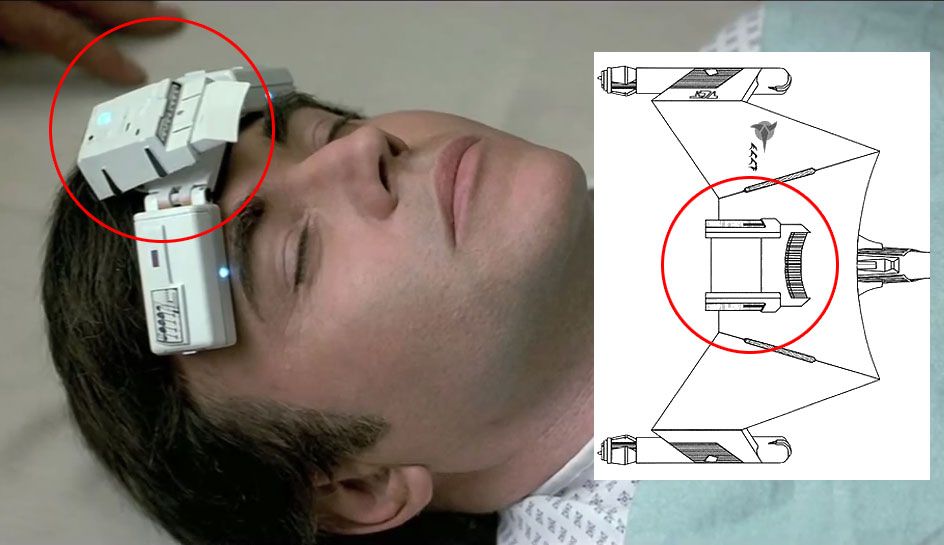Something freudian perhaps? Long shaft, bulbous head, little hole at the very end.On the other, that long skinny neck bothers me for some reason.
In the novel Final Reflection, the Klingon's earlier designs had that feature to separate the command personnel from the main engineering section with it's inevitable radiation. Later after the radiation was no longer a problem they keep the design. One (later) Klingon junior officers like the design because it kept him away from the Klingon Marines barracked in the main section..I believe I read somewhere, that the design of the long neck along with the bulbous bridge module was based on the sitar, a musical instrument from india.
The villains of TSFS were once considered to be Romulans, but the ship was design as "the enemy ship," not strictly speaking a Romulan ship.The Klingon Bird of Prey that first appeared in Star Trek III: The Search for Spock was originally supposed to be a Romulan vessel ...
The neck is shorter, but there is a neck. The bulbous head is a different shape, but there is a bulbous head. The torpedo launcher port is in the same place as the TMP K'Tinga cruiser, not just generally on the bow. Regardless of who was originally considered to be the TSFS villain, the ship ultimately produced was entirely Klingon.
The "patterns on the wings" are more reminiscent of the similar external panels on the TMP K'Tingas. The BOP's radiate outward from the forward wing root, the K'Tinga's oriented fore and aft.and its Romulan origin shows in the overall birdlike appearance and feather-like patterns on the wings.
Both the BOP and the K'Tinga have external panels on their heads as well.





